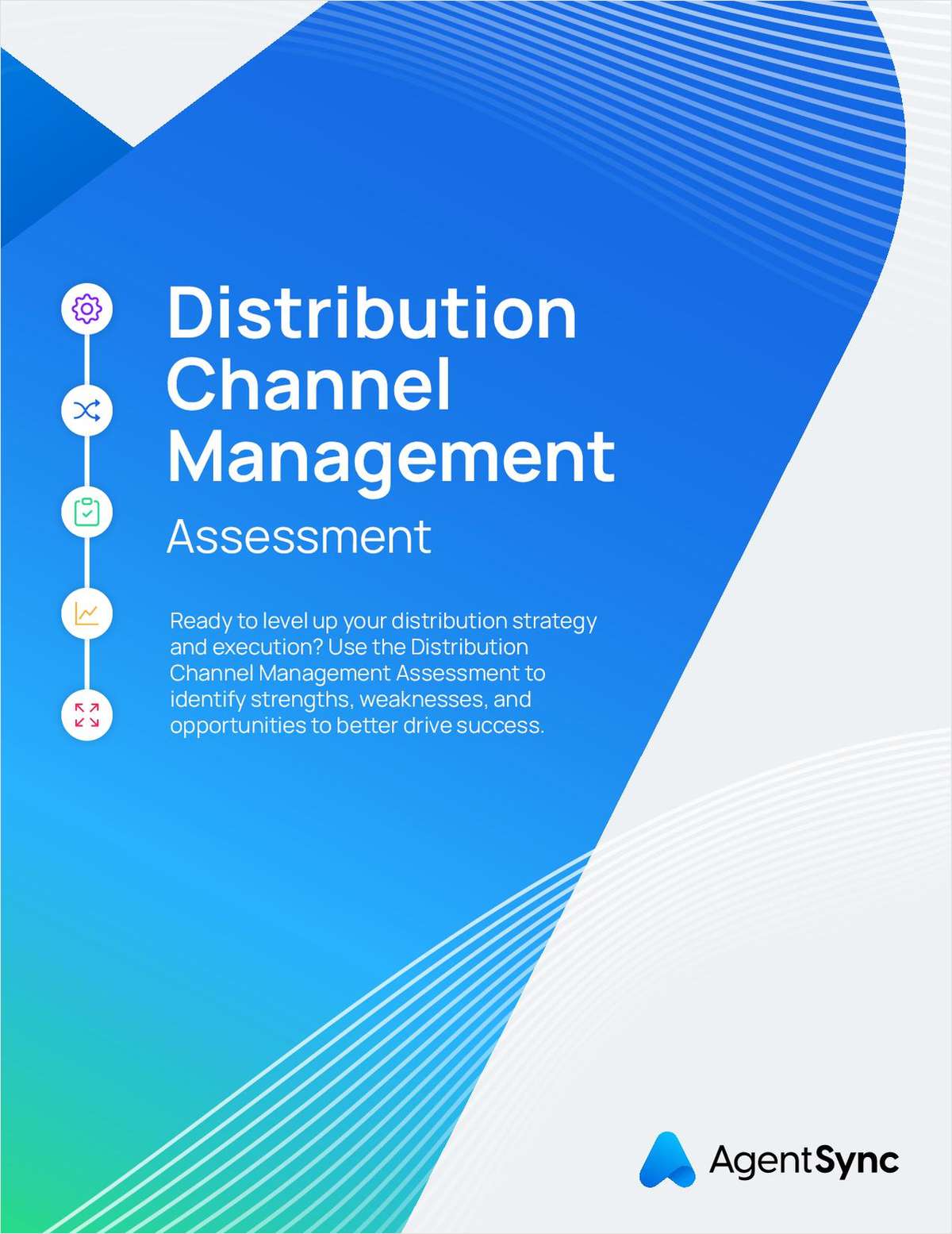What will be the hot technology over the next few years? While no one can say for certain, it's not difficult to make a case for smartphones and mobile devices.
Consider these numbers: In the fourth quarter of 2011 alone, according to industry observers, 157.8 million smartphones flew off store shelves worldwide, bringing the total for the year to 491.4 million units. AverageU.S.smartphone ownership is at 41.8 percent of mobile subscribers, or 98 million people.
Industry reports indicate smartphone sales are expected to hit 1.5 billion units globally in 2016. Over the next five years, sales will see a 30 percent compound annual growth rate. By 2016, these devices are reportedly set to make up about two-thirds of all mobile phone sales. If you compare this with the number of PCs sold this year, which stood at 350 million units, smartphones are clearly going to be the gadget of choice for customers accessing the Internet.
Smartphones and mobile devices have forever changed the way we communicate. We're now permanently connected—wherever we go. Work, family, friends, schedules, and finances are all instantly available. And while there are obvious downsides, we still expect and demand immediacy in almost everything.
Unlike cell phones of the past 20 years, smartphones provide a richer user experience on many levels:
- A sophisticated camera is always available to take, send, post, and store thousands of pictures.
- The GPS capability always “knows” where you are and can guide you to places such as restaurants and shopping venues.
- Apps with Internet connections provide instant connectivity to your bank, insurance company, airline, department store, social network, and most accounts with online access.
- Your entire music collection is always with you.
- And yes, your mobile device is even good for phone calls, texts, and email.
Will Insurers Innovate?
As the smartphone becomes ubiquitous, insurers must decide when and how they'll leverage the mobile revolution and provide new products and services to their customers, agents, and support entities. Will the industry aggressively invest and innovate? Or will most carriers wait until a few brave trailblazers lead the way and demonstrate a financially viable business model?
Let's hope not, for their own sake. As more insurers perfect the mobile arm of their business, it will be a hard-fought battle for latecomers to make inroads against established competitors that have developed a customer base with a new level of mobile expectation.
In the near future, customers will ask for mobile solutions to be included in their offerings and demand them at no additional cost. Just as today's customers have assimilated online payment of policy premiums, they'll also expect to upload possible claims data (with photos) using their mobile applications.
Meanwhile, many carriers, especially in the personal lines automobile arena, have developed basic mobile applications. Most involve an app for initial claims reporting, basic policy view, or bill paying. A few new quoting applications use the camera and bar code functionality in smartphones to capture VIN or driver's license images to launch a prefill process for completing quote requests.
Mobile Win-Win
To create a win-win scenario, the insurance industry must make a greater investment in mobile advances. And policyholders, agents, and other stakeholders must be willing to take important next steps. Customers—defined as the mobile app user—must perceive and want a benefit from the mobile application. That benefit can fit into a number of categories: convenience, saving time or money, safety, streamlining work efforts, improved service, or just fun.
So what's likely to be next? How can the capabilities of the smartphone provide effective services for both the insurance industry and consumers?
One intriguing possibility would be to geo-tag smartphone photos. Would drivers be interested in policy discounts in exchange for uploading pictures of their car? Would carriers be willing to provide discounts in exchange for verifying the car exists, has no damage, and is located at the policy address?
On the home front, insurers might replace certain traditional home inspections with an app-guided self-inspection, with information and photos provided by the homeowner. The smartphone's camera and bar coding features might significantly enhance the ability of a homeowner to inventory valuable assets and provide a self-inspection. Could such an inventory provide peace of mind to an insured and also enable the claims adjuster to settle the claim quickly and accurately?
Currently, there are dozens of free apps available in the iTunes and Android marketplace that allow for indexing, categorization, and photo collection of everyday insurable items in your home. These apps offer a number of ways to list and itemize purchases, hobbies, books, jewelry, and so forth. Soon, policyholders may be able to contact their insurer immediately after a loss and upload all their household items with an estimated value directly into their insurer database.
Additionally, location-based technology can enhance customer safety and security. Weather is the direct cause of a large percentage of both automobile and property claims. Might policyholders sign up for a smartphone service that could provide a text or email alert warning of a storm approaching their home or current location?
Paperless Insurance
As a macro trend, mobile technology is increasingly facilitating customer self-service. Consumers are demanding instant access to services and information, and the use of paper and traditional mail services continues to decline.
For example, pending legislation in several states would permit drivers to use their smartphone apps to show their insurance ID card virtually. These states includeAlabama,Arizona,California,Colorado,Idaho,Maryland, andMississippias of first-quarter 2012. This trend may continue as more and more states bring similar bills to the floor of the legislature. The new era of paperless insurance documentation is already here and gaining ground as more insurers commit resources to mobile app development as a cost-saving initiative. As mobile apps provide more options for policyholders, insurers can realize savings on printing and postage.
Both mobile technology and social media have altered the way recent generations think about privacy and sharing information. Should your mobile device allow you to connect to other policyholders who live nearby when you have the same agent or insurance company? Could such a network support ride sharing or the pooling of certain services? While most people rely heavily on their cars, could the combination of rising fuel costs and the emergence of technology-based services change the way people think about transportation options? Commercial ride-sharing companies have already been launched in many urban markets.
A Model Person
All current telematics programs are linked to information about the vehicle, such as speed, location, time of day, braking and cornering data, and so forth. But could the next generation of location-based risk models be linked to information about the person? The implications could be dramatic.
What if a person's mobile device contained his or her risk profile and “permitted” driving parameters? For example, a 16-year-old driver might be permitted to drive only before 9 p.m. within ten miles of home and no faster than 50 miles per hour. Could future vehicles be programmed to operate based on the parameters provided by the driver's mobile device? The industry, not to mention legislation, may never get to the point of person-based insurance policies, but the possibilities for innovative underwriting and pricing models are intriguing.
Finally, mobile devices may forever change what the insurance industry considers “data.” Legacy underwriting, policy management, claims, and management information systems do not typically support images associated with the enormous amount of data stored and updated daily. But images will increasingly become an integral part of the underwriting and claims processes—many such images coming from the mobile devices of customers, adjusters, law enforcement, and others. It's likely the carriers that can more quickly take advantage of images for underwriting, claims, product development, and service will have a significant competitive advantage.
There are numerous possibilities to consider. It will be interesting to observe how the industry reacts to the mobile revolution and what innovations will change the way insurance is delivered and managed.
Want to continue reading?
Become a Free PropertyCasualty360 Digital Reader
Your access to unlimited PropertyCasualty360 content isn’t changing.
Once you are an ALM digital member, you’ll receive:
- Breaking insurance news and analysis, on-site and via our newsletters and custom alerts
- Weekly Insurance Speak podcast featuring exclusive interviews with industry leaders
- Educational webcasts, white papers, and ebooks from industry thought leaders
- Critical converage of the employee benefits and financial advisory markets on our other ALM sites, BenefitsPRO and ThinkAdvisor
Already have an account? Sign In Now
© 2025 ALM Global, LLC, All Rights Reserved. Request academic re-use from www.copyright.com. All other uses, submit a request to [email protected]. For more information visit Asset & Logo Licensing.








